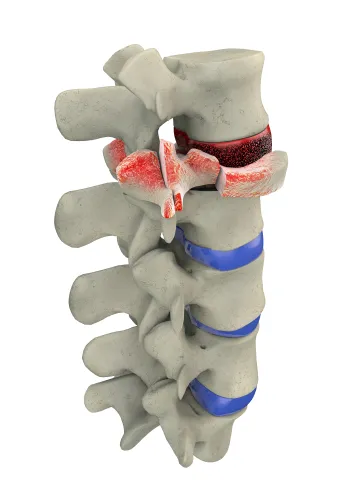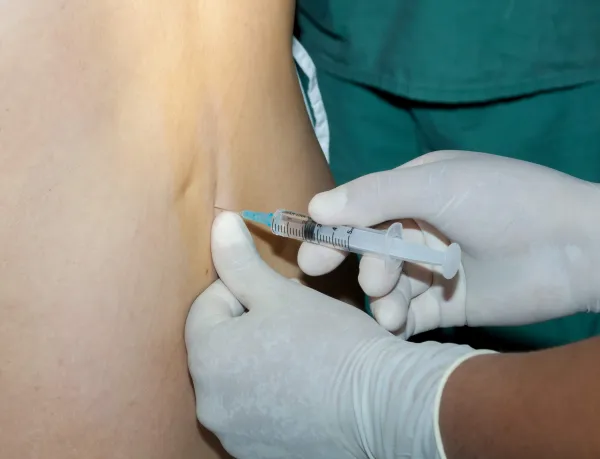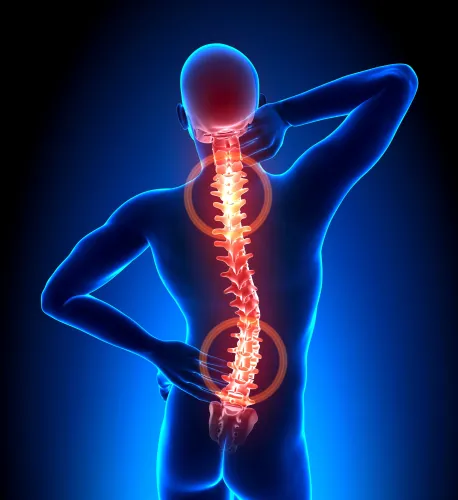Watch for Vascular System Changes That Will Affect Your Diagnosis Selection

Hint: You’ll need to pay even closer attention to the surgeon’s record.
The long-awaited ICD-10 update is coming in October, with plenty of changes you’ll need to be aware of from an anesthesia perspective. The vascular system in particular will include several important shifts that will have you gathering every detail possible from the surgeon’s report. Read on for some highlights to three vascular areas.
Area 1: Artery Aneurysm and Dissection
ICD-10-CM will likely offer a couple of new options that will allow you to be more specific in your artery aneurysm coding:
Artery dissection will probably see more specific options in October, as well, with the following additions to I77.7- (Other arterial dissection):
You also can expect a revision to “other” code I77.79:
Area 2: Vascular Stent Stenosis
You can also anticipate new options to report vascular stent stenosis for non-coronary vessels with the new codes listed below. “This should be a useful addition,” says Christina Neighbors, MA, CPC, CCC, Coding Quality Auditor for Conifer Health Solutions, Coding Quality & Education Department.
To make way for these additions, the existing stenosis codes will add the term “other.”
Area 3: Postprocedural Updates
You can expect to see patterns in the revisions to postprocedural complication codes.
First, watch for changes to postprocedural hemorrhage and hematoma codes, with ICD-10-CM 2017 providing distinct options for each condition within each organ system.
For example, note the changes to these digestive system procedure codes:
You’ll find similar changes to provide separate codes for postprocedural hemorrhage or hematoma in the circulatory system, endocrine system, and skin and subcutaneous tissue chapters, to name a few that may impact how you code anesthesia during surgery.




